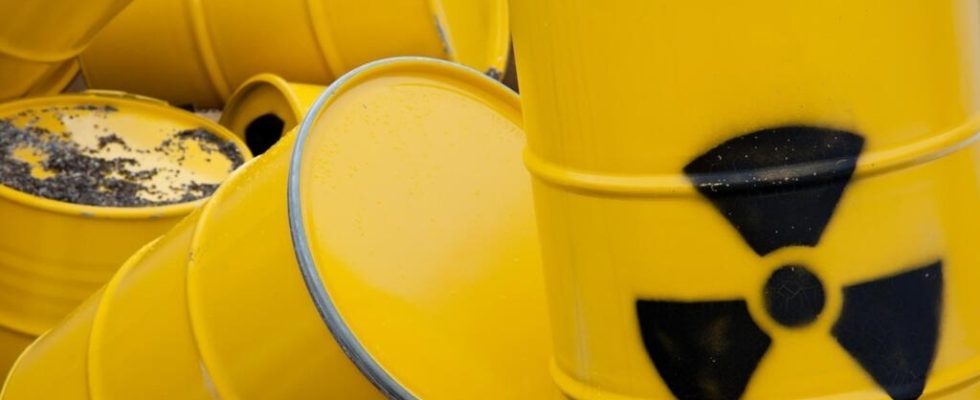It’s a toxic legacy that scientists have discovered off the coast of California: at least 56,000 rotting barrels of potentially radioactive waste. They were dumped there between the 1940s and 1970s, when the seabed was used as a landfill by hospitals, laboratories and industry. And the more scientists look, the more they find.
1 min
Old barrels buried in the sand at a depth of almost 1,000 meters appear before the lens of an underwater camera. Scientists from the University of Santa Barbara are clear: this is radioactive waste, thrown there in the last century. Alerted, researchers from the University of San Diego also took to the sea and discovered a veritable underwater cemetery of military explosives dating from the Second World War.
Experts from the US Environmental Protection Agency then began digging through the archives and found official documents: until the 1970s, a total of 13 areas off the coast of California had been approved by the authorities for dropping military explosives, radioactive waste but also 3 million tonnes of oil waste.
And then there is DDT: this powerful, ultratoxic pesticide, now banned, was poured directly into the sea fifty years ago. But it still poisons current marine flora and fauna.
What secrets are hidden in other American coastal areas? What are the risks for the environment and the safety of the American population? The discovery in California could be just the tip of the iceberg.
Read alsoNuclear waste: its dangerousness will persist for hundreds of thousands of years
